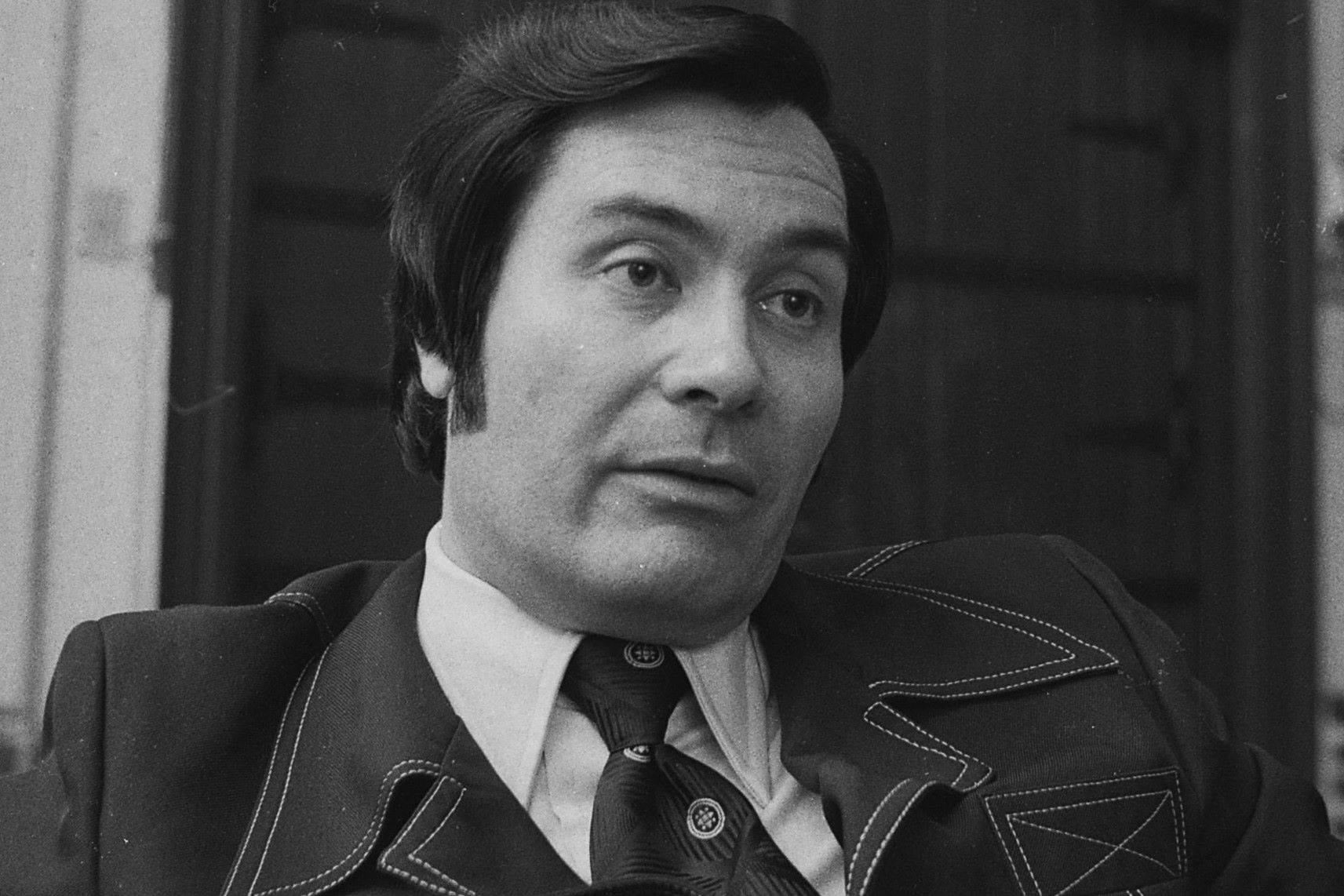
Who was Jim Jones, and why is he infamous? Jim Jones, born on May 13, 1931, in Crete, Indiana, was a charismatic yet deeply controversial figure. He founded the Peoples Temple, a religious movement initially praised for its progressive stance on racial integration and social justice. However, Jones's leadership took a dark turn, culminating in the tragic Jonestown massacre in 1978. Over 900 followers, including 304 children, died in a mass murder-suicide orchestrated by Jones in Jonestown, Guyana. His life and actions serve as a chilling reminder of the dangers of unchecked power and blind devotion.
Key Takeaways:
- Jim Jones, the leader of the Peoples Temple, had a troubled childhood and used his charisma to build a racially integrated congregation before leading them to a tragic mass suicide in Jonestown, Guyana.
- The Jonestown massacre led to changes in how society views cults and charismatic leaders, sparking educational and legal reforms and serving as a cautionary tale against blind obedience.
Early Life and Family Background
Jim Jones, the infamous leader of the Peoples Temple, had a complex and troubled early life that shaped his future actions.
- Born on May 13, 1931, in Crete, Indiana, Jim Jones was the son of James Thurman Jones and Lynetta Jones.
- His father, James, was a World War I veteran who suffered from mustard gas exposure, leaving him disabled.
- Lynetta, Jim's mother, was known for her independent spirit and skepticism of traditional religious beliefs.
Childhood and Religious Affinity
Jones's childhood was marked by a deep interest in religion and a sense of being an outsider.
- Growing up, Jones was often considered the "trash" of his neighborhood, leading him to identify with the underdog.
- He explored various churches, from Quaker to Methodist, but became disillusioned with each one.
- This early exposure to different religious practices influenced his later ministry.
High School and Early Interests
Jones's high school years were marked by academic success and peculiar behavior.
- He was a good student who enjoyed debating with his teachers.
- Jones dressed in his Sunday church clothes every day, which alienated him from his peers.
- He only engaged in conversations he initiated, refusing to respond to anyone who spoke to him first.
Marriage and Early Ministry
Jones's personal life and early ministry laid the foundation for his future leadership.
- In 1949, Jones married Marceline Mae Baldwin, a nurse-in-training he met while working as an orderly.
- He graduated from high school early and with honors in 1948.
- Jones began working at Richmond's Reid Hospital to support himself and his mother, earning respect from senior management despite exhibiting disturbing behavior.
Founding of Peoples Temple
The establishment of the Peoples Temple marked the beginning of Jones's rise to power.
- In 1955, Jones founded the Peoples Temple in Indianapolis, attracting followers with his sermons on tolerance and social responsibility.
- The congregation was racially integrated, a progressive stance at the time.
- Jones desegregated various public spaces and institutions, including movie theaters and hospitals.
Civil Rights Activism
Jones's commitment to social justice extended beyond his ministry.
- In 1960, he was appointed director of the local human rights commission in Indianapolis.
- His activism attracted both African Americans and whites to his cause.
- Jones's efforts in promoting racial equality were influenced by Father Divine and the Peace Mission movement.
Ordination and Move to California
Jones's ordination and relocation to California were pivotal in expanding his influence.
- In 1964, Jones was ordained a minister by the Disciples of Christ.
- The autonomy granted by this denomination allowed him to continue his unique blend of religious and social activism.
- In the mid-1960s, Jones and his followers moved to California, settling outside Ukiah.
Expansion in California
Jones's influence grew as he expanded his operations in California.
- By 1970, Jones began holding services in San Francisco and opened another temple in Los Angeles by 1972.
- He made connections with politicians and the press, becoming a respected churchman.
- His charismatic leadership style, including displays of mind reading and faith healing, captivated his audience.
Jonestown Compound
The establishment of Jonestown in Guyana marked a turning point in Jones's leadership.
- In 1977, Jones and several hundred church members moved to the Temple's compound in Guyana, named Jonestown.
- Jonestown was an agricultural commune built on 3,852 acres leased from the Government of Guyana.
- Members cleared dense jungle to create the commune, with about 1,000 people eventually moving there.
Suicide Drills and Final Days
Jones's control over his followers reached its tragic climax in Jonestown.
- For years, Temple members practiced suicide drills as a loyalty test to Jones.
- On November 18, 1978, Jones convinced his followers to commit "revolutionary suicide" by drinking poison-laced Flavor Aid.
- The death toll at Jonestown was 909, including 304 children and minors.
Legacy of Jim Jones
Jones's actions left a lasting impact on society's perception of cults and charismatic leaders.
- Jones himself died from a single bullet wound to the head during the mass murder-suicide.
- The Jonestown massacre remains one of the largest mass deaths in American history.
- The term "drink the Kool-Aid" became a cultural reference to blind obedience and groupthink.
Psychological and Cultural Impact
The psychological and cultural ramifications of the Jonestown massacre continue to be felt.
- Psychologists have analyzed Jones's behavior as a classic case of narcissistic personality disorder.
- The Jonestown massacre received extensive media coverage, shaping public perception of cults.
- Survivors of the massacre described the events as a series of manipulations and coercions by Jones.
Educational and Legal Reforms
The Jonestown massacre led to important educational and legal changes.
- The event highlighted the importance of teaching critical thinking skills and recognizing cult behavior warning signs.
- Legal reforms were implemented to prevent similar tragedies, including stricter regulations on cults.
- Memorials have been erected to honor the victims of the Jonestown massacre.
Documentaries and Films
The Jonestown massacre has been the subject of various documentaries and films.
- Productions like "Truth and Lies: Jonestown – Paradise Lost" and "Guyana: Cult of the Damned" aim to educate the public about the events leading up to the massacre and its aftermath.
The Dark Legacy of Jim Jones
Jim Jones's life and actions left an indelible mark on history. His charismatic leadership and manipulative tactics led to the tragic Jonestown massacre, where over 900 people lost their lives. From his early days in Indiana to the horrific events in Guyana, Jones's journey is a cautionary tale about the dangers of unchecked power and blind obedience. His racial integration efforts and social activism were overshadowed by his abuse of power and sexual misconduct. The Jonestown massacre remains one of the most significant events in modern history, highlighting the importance of critical thinking and vigilance in religious and social movements. Remembering this dark chapter helps ensure that such a tragedy never happens again.
Frequently Asked Questions
Was this page helpful?
Our commitment to delivering trustworthy and engaging content is at the heart of what we do. Each fact on our site is contributed by real users like you, bringing a wealth of diverse insights and information. To ensure the highest standards of accuracy and reliability, our dedicated editors meticulously review each submission. This process guarantees that the facts we share are not only fascinating but also credible. Trust in our commitment to quality and authenticity as you explore and learn with us.


